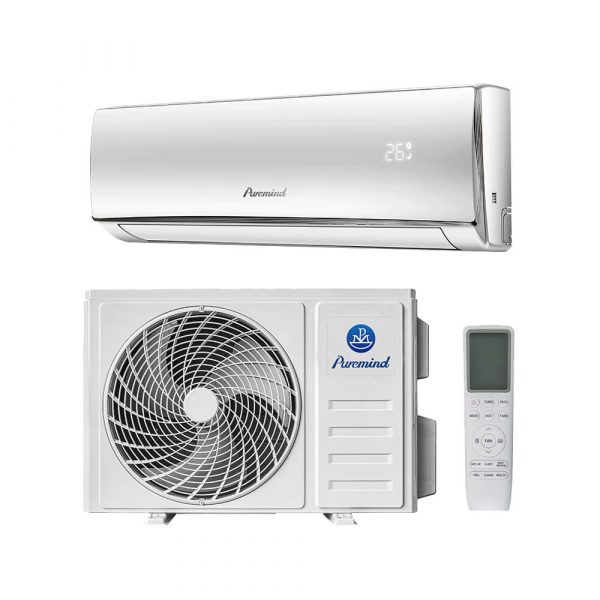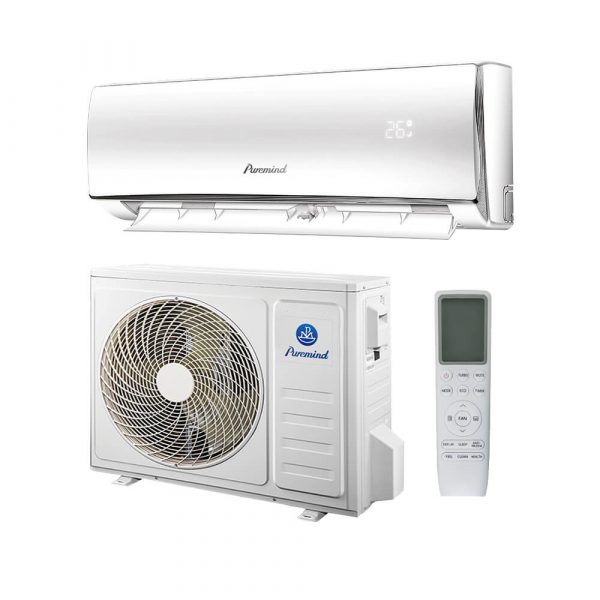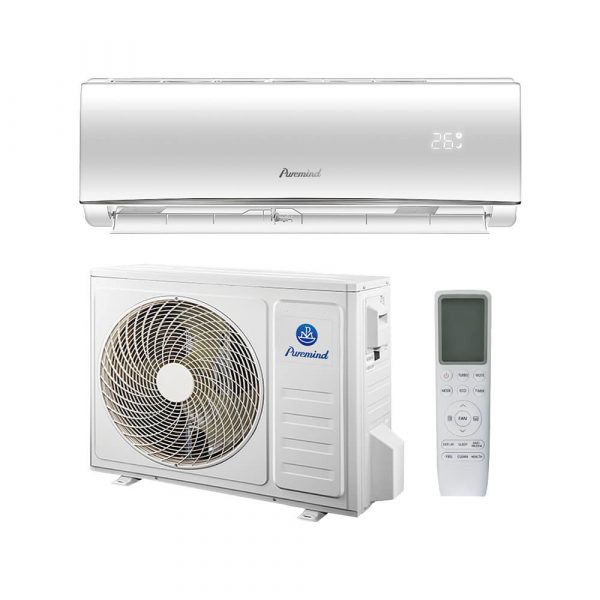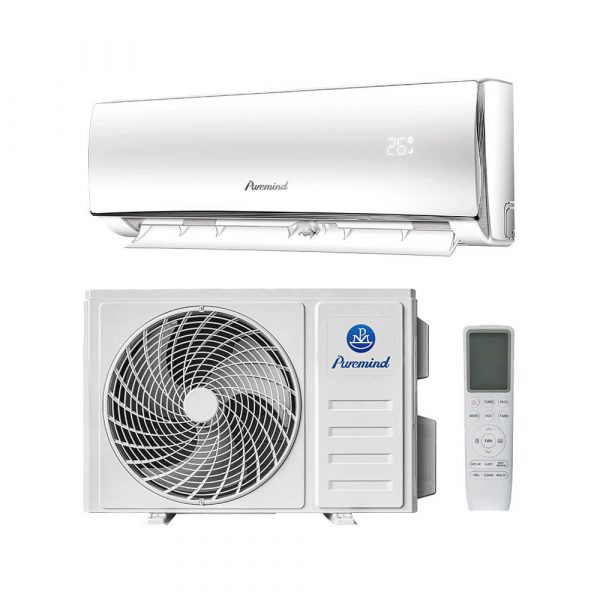Mini Split Air Conditioner Heater: Complete Guide for Energy-Efficient Heating & Cooling
The mini split air conditioner heater is one of the most versatile and energy-efficient HVAC solutions available today. Designed to provide both cooling in summer and heating in winter, it’s a perfect choice for homeowners, businesses, and contractors looking for a reliable year-round climate control system. This comprehensive guide will explain how these systems work, their benefits, installation considerations, and tips for choosing the right unit for your needs.
What is a Mini Split Air Conditioner Heater?
A mini split air conditioner heater, often called a ductless heat pump, is an HVAC system that provides both heating and cooling without the need for traditional ductwork. It consists of two main components:
- Outdoor unit – Contains the compressor and condenser.
- Indoor unit – Delivers conditioned air directly into the room.
Unlike conventional systems, a mini split offers zoned climate control, meaning you can heat or cool specific areas of a building independently.
How Does a Mini Split Air Conditioner Heater Work?
The system works by transferring heat rather than generating it, which is why it’s highly energy-efficient. In cooling mode, it removes heat from the indoor space and expels it outside. In heating mode, it reverses the process by absorbing heat from the outside air (even in cold weather) and delivering it indoors.
Benefits of a Mini Split Air Conditioner Heater
- Year-Round Comfort – Provides both heating and cooling in a single system.
- Energy Efficiency – Meets or exceeds Energy Star efficiency standards.
- Easy Installation – No ductwork required, reducing labor time and cost.
- Quiet Operation – Indoor units operate with minimal noise.
- Zoned Control – Heat or cool only the spaces you need.
Applications for Mini Split Air Conditioner Heaters
Mini split systems are ideal for:
- Residential homes without existing ductwork
- Room additions and renovations
- Small apartments or condos
- Commercial offices and retail spaces
- Workshops and garages
Choosing the Right Mini Split Air Conditioner Heater
When selecting a mini split air conditioner heater, consider:
- BTU Capacity – Ensure the unit size matches the room’s heating and cooling requirements.
- SEER & HSPF Ratings – Higher ratings mean better energy efficiency.
- Number of Zones – Single-zone or multi-zone depending on your needs.
- Brand and Warranty – Reliable brands with strong warranty support are essential.
- Installation Requirements – Work with qualified HVAC technicians.
Installation Considerations
While mini splits are easier to install than central systems, proper setup is critical for performance. Key points include:
- Correct placement of indoor and outdoor units.
- Proper refrigerant line insulation.
- Securing electrical connections to meet safety codes.
- Testing for refrigerant leaks before system start-up.
Maintenance Tips for Longevity
- Clean or replace filters regularly.
- Check outdoor units for debris or blockages.
- Inspect refrigerant levels annually.
- Schedule professional servicing at least once a year.
Cost and Savings
The initial cost of a mini split air conditioner heater may be higher than a window AC or space heater, but the energy savings over time can be significant. With high SEER and HSPF ratings, you can expect lower utility bills, especially if the unit is Energy Star certified.
Wholesale and Contractor Opportunities
For wholesalers and distributors, offering mini split air conditioner heaters is a profitable business opportunity. These systems are in high demand due to their efficiency and versatility. Bulk purchasing from trusted manufacturers ensures competitive pricing and steady supply. You can explore wholesale split AC units here: split AC wholesale options.
Common Mistakes to Avoid
- Undersizing or oversizing the unit for the space.
- Skipping professional installation.
- Ignoring regular maintenance.
- Not considering climate-specific performance ratings.
Market Trends for Mini Split Air Conditioner Heaters
The global demand for ductless systems is growing rapidly, driven by:
- Energy efficiency regulations.
- Increased adoption of smart HVAC controls.
- Consumer preference for quiet, low-profile systems.
- Growing construction in urban areas with space constraints.
Conclusion
The mini split air conditioner heater is an ideal solution for year-round climate control, combining efficiency, comfort, and flexibility. Whether you’re a homeowner looking to improve comfort or a distributor seeking high-demand HVAC products, investing in quality mini split systems can deliver long-term benefits. By choosing Energy Star-rated units and ensuring proper installation, you can maximize energy savings and system performance.







